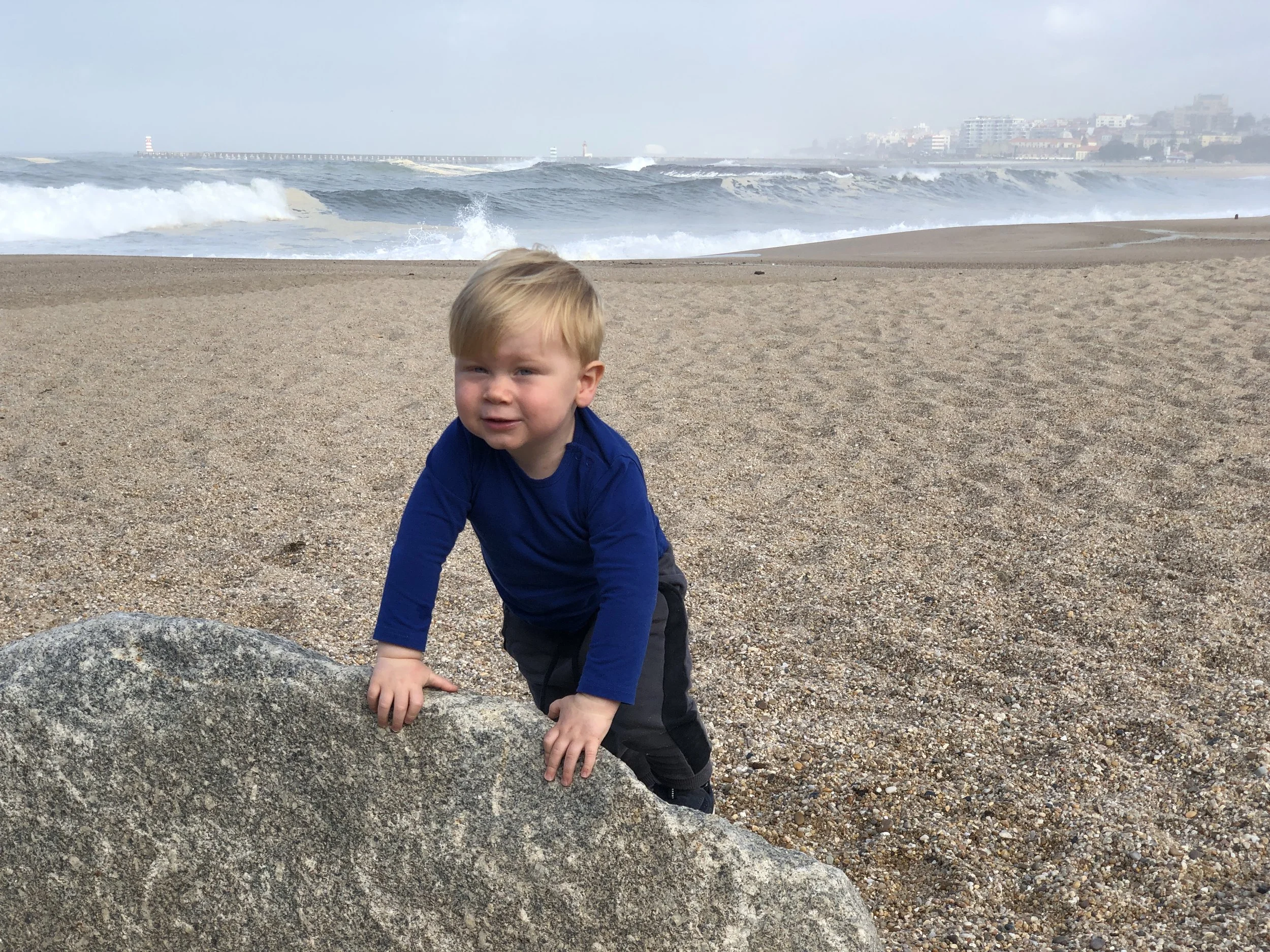My Top Sleep Tips for Holidays
Travelling looks different when you have a young child. It is definitely fun but maybe not quite as relaxing as pre-child trips.
In my experience some children travel better than others and are more adaptable to change.
Here I will share with you my top tips for your little ones sleep to make sure your trip is as enjoyable as possible (we all know tired babies do not always equal happy babies).
As tempting as it may be to let baby skip a nap, or let bedtime fall back an hour or two, I highly recommend you resist the temptation and stick to the schedule as closely as possible.
Changes in the routine are the quickest way to end up with an overtired baby, and if baby is tired and cranky, you are going to have a harder time. Don’t overdo things with a baby or a toddler as it can be more trouble than its worth if they get so exhausted. So make sure you stick to your baby’s usual wake windows or nap times (if they are on a fixed schedule). Of course, some of these naps can be on the go (in the stroller/carrier/car). I would definitely recommend to plan travel around your child’s nap schedule so they can nap in the car or in the stroller/carrier in the airport.
My number one advice for travelling is that if you have a busy day and your child has done some naps out of their bed try and have a quiet day the next day. This is so that the tiredness doesn’t build up too much. Naps on the go are not as restorative as naps in a bed so if we have too many of these baby can easily become overtired.
If baby is on 2+ naps a day then try and make sure one of them is in their bed each day. This really helps to prevent overtiredness.
Since we had kids we no longer stay in hotels, we always prefer air bnbs so that our children can have their own sleeping space (and we have somewhere to relax on an evening after they have gone to bed!). However in the event that you have to share a room with your little one, try to create some kind of partition in the room so that baby can’t see you from their crib. Hang a blanket from a line running across the room or make a partition using the furniture but don’t bring them into bed with you if you can avoid it. You can always set a travel cot up in the bathroom so that they have their own space.
If you have a baby they should be sleeping in a travel cot and for a toddler you can find many travel toddler beds available online. Bring along their blanket, sleep toy and sleeping clothes. Anything that smells familiar and reminds them of their home sleeping environment will help them get to sleep in their new surroundings. Don’t forget that white noise machine too if you use one!
Also think about taking travel black out blinds if you are renting an apartment/house as the curtains will often not be dark enough. I always use these travel black out blinds when we travel.
Do a similar bedtime routine that you do at home. Make the lighting dim for getting ready and story time to help your child wind down for bed. Make sure you offer your child that wind down time for bed. It will make it much easier for them to fall asleep.
If you’re travelling so that you’ve got a time zone difference, you want to jump into the new time zone as quickly as possible. Now, the good news is that a child who sleeps well, isn’t running on the same kind of sleep debt that most adults are operating on. Which means that they’re going to handle their jet lag much better then you’re going to.
You do want to encourage them to get on board with the new time as soon as you get to your location.
There’s a few things you can do to help that process. One is to make sure that there is lots of exposure to daytime light. Go outside, spend lots of time in the fresh air to teach the body that this is daytime. When it’s night, you’re going to want to darken out the room, turn off electronics at least an hour before you want to go to sleep, so you can start teaching your body to release melatonin and start making you feel sleepy.
You might find during the first few nights that they are awake for long periods in the night. If your child is wide awake in the middle of the night, let them stay up for 1 hour. Keep the lights low and do some calm playing or reading (no screens!). After an hour, put them back into bed. This may be necessary for 2-3 nights.
Finally remember that if things fall off a bit then you can always get back to your usual habits when you get home. Just stay consistent and help your little one get back on track as soon as you can.

